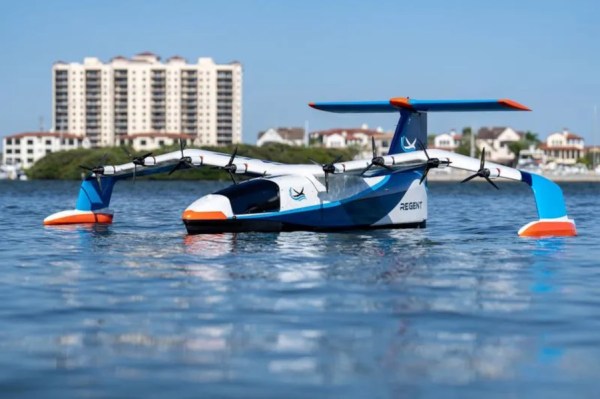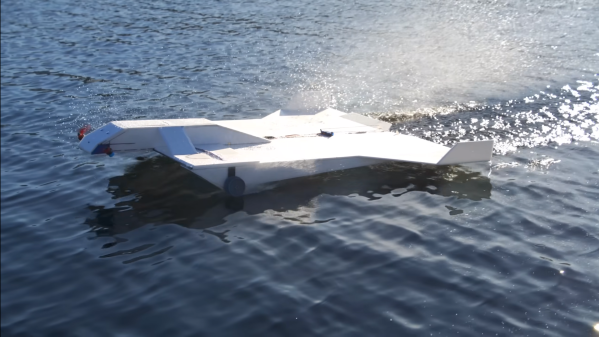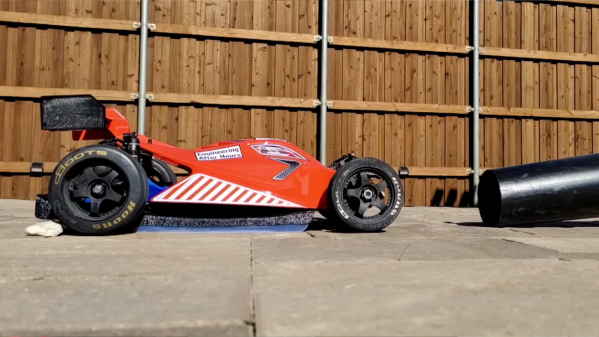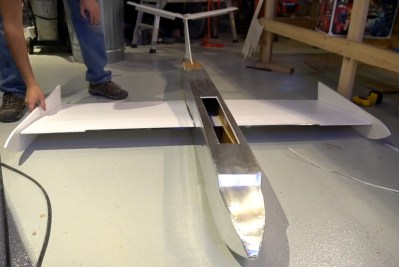Although Hawaii used to have a ferry service to access the various islands in the archipelago, due to environmental and political issues, air travel is now the only way to island-hop. Various companies have tried to fill this transportation gap, but have all been stymied for one reason or another. The latest to attempt to solve this problem is a unique one, however. The Hawaii Seaglider Initiative is currently testing a ground-effect vehicle for inter-island passenger service that hopes to use the unique characteristics of this type of aircraft to reduce costs and limit environmental concerns.
The Seaglider, with backing from the Hawaii state government and various corporate interests like Hawaiian Airlines, is actually an amalgamation of three different types of vehicle. It’s capable of operating like a normal, hulled boat at low speeds but has a hydrofoil for operating at higher speeds. Beyond that, its wings give it enough lift to leave the water but stay in ground-effect flight, flying low to the water to reduce drag and improve lift when compared to an aircraft flying out of the ground effect. The efficiency gains from this type of flight are enough that the Seaglider can use electric motors and batteries to make the trips from island to island.
While the ferry is not yet in service, flight testing of the vehicle is scheduled for this year. Ground-effect vehicles of this type do have a large number of obstacles to overcome, whether they’re huge military vehicles like the Ekranoplanes of the Soviet Union or even small remote-controlled crafts, including difficulty with rough seas and having to operate in a harsh salt water environment.



















